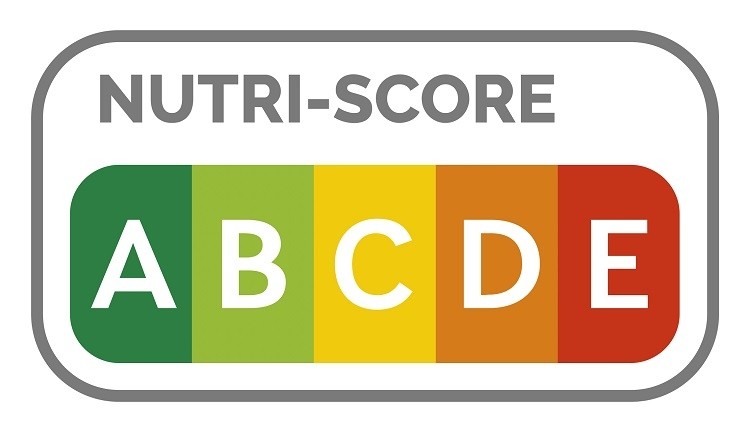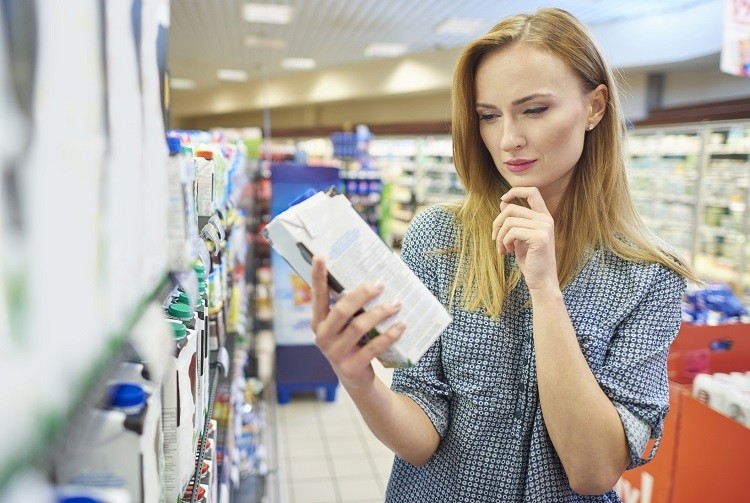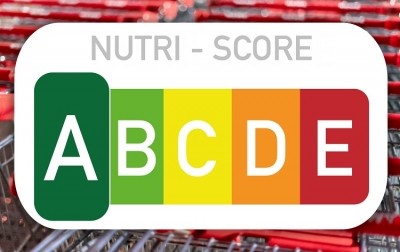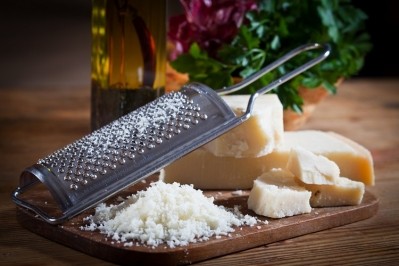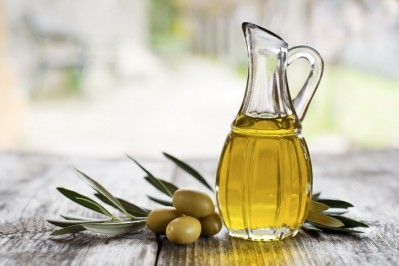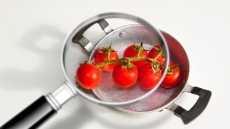Is Nutri-Score working in France? The results are in…
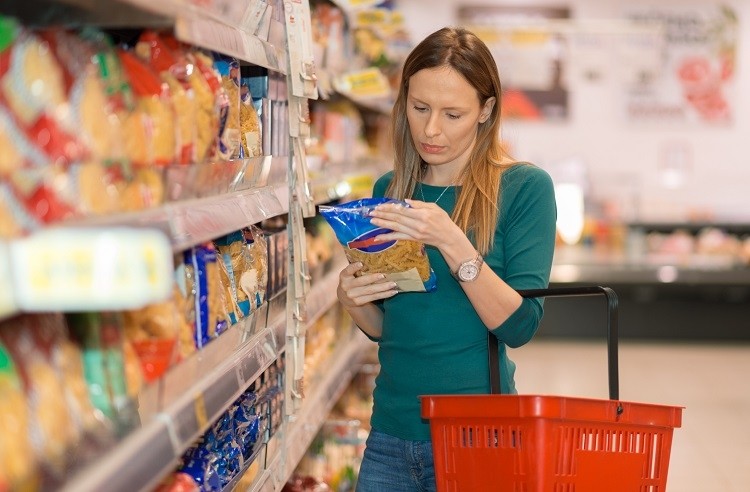
In October 2017, the French government signed a decree backing the voluntary adoption of the Nutri-Score front-of-pack (FOP) labelling scheme.
The scheme ranks food from -15 for the ‘healthiest’ product to +50 for those that are ‘less healthy’. On the basis of this score, the product receives a letter with a corresponding colour code: from dark green (A) to dark red (F).
At the time, French authorities said the scheme was the ‘most effective device’ to improve the quality of nutrition standards. It hoped the new FOP label would make the nutritional content of food an ‘element of food choice’, alongside price, branding, presentation, and taste.
To understand the label’s impact over the three years’ since its adoption, Public Health France (Santé Publique France) conducted a series of surveys between April 2018 and September 2020. And the results are in…
Brand adoption and consumer acceptance
When France first announced the country’s voluntary adoption, just six food manufacturers and distributors – Auchan, Leclerc, Intermarché, Fleury Michon, Danone and McCain – said they would implement the label on their products.
Fast-forward to May 2018, and around 40 companies had adopted the FOP label. Today, this figure has risen to more than 500.
According to Public Health France’s findings, the Nutri-Score label is now supported by 50% of food and drink brands in France. As French consumers have become more exposed to the FOP, Public Health France suggested they have also taken ‘greater ownership’ of the tool.
Whereas in April 2018, just 1% of respondent said they used Nutri-Score to assess the nutritional quality of products, by 2020 this figure has risen to 18%.
Close to 93% of participants said they considered the logo useful to know the nutritional quality of products, which is up four percentage points compared to 2019.
Public Health France’s surveys, undertaken by Oqali, found that 94% of the French population is in favour of Nutri-Score’s presence on food and drink products. A notable 89% believe that the adoption of Nutri-Score should be mandatory.
“Based on the voluntary commitment of manufacturers and distributors, the use of the logo on a brand’s products helps to improve the image of this brand for 70% of the participants, thus promoting transparency towards consumers,” noted the public health agency.
Impact on purchasing behaviour
The primary aim of nutrition labels is to impact purchasing behaviour. Ultimately, they should help consumers make healthier choices at a glance.
According to Public Health France’s survey, the label is having an impact. In September 2020, 57% of respondents that were aware of the Nutri-Score logo said they had changed one or more purchasing habits.
Thirty-nine percent of that cohort said they had changed brands for the same product – a figure up 16 percentage points since May 2019.
Slightly less (36%) said they had chosen a product with a better score, rather than another with a lower score within the same department. A total of 34% had limited the purchase of products with lower scores, which was up 11 percentage points since 2019.
Thirty-five percent of those respondents said they had made lasting changes in certain eating habits.
“These new results confirm that the French population is increasingly [adopting] the logo and supporting this measure. The positive development of the indicators confirms that the Nutri-Score plays a role in the purchasing habits of the French,” noted Anne-Juliette Serry, who heads up Public Health France’s Food and Physical Activities unit.
“In addition to the role of the information campaigns carried out by Public Health France and the education provided by the players, our results indicate that this progression is mainly linked to the visibility of the logo, in particular on the packaging of food products.”
Public Health France expects Nutri-Score will become even more engrained in French life when the use of the label extends into commercial catering. This means that consumers will see the logo in different consumption contexts, the public health agency explained.
“These measures will thus make it possible to further anchor Nutri-Score in the food environment of the French.”
What role will Nutri-Score play in the future?
The jury is still out. The European Commission has committed to proposing a mandatory, EU-wide FOP labelling scheme by the end of 2022, but what format this label will take has yet to be revealed.
